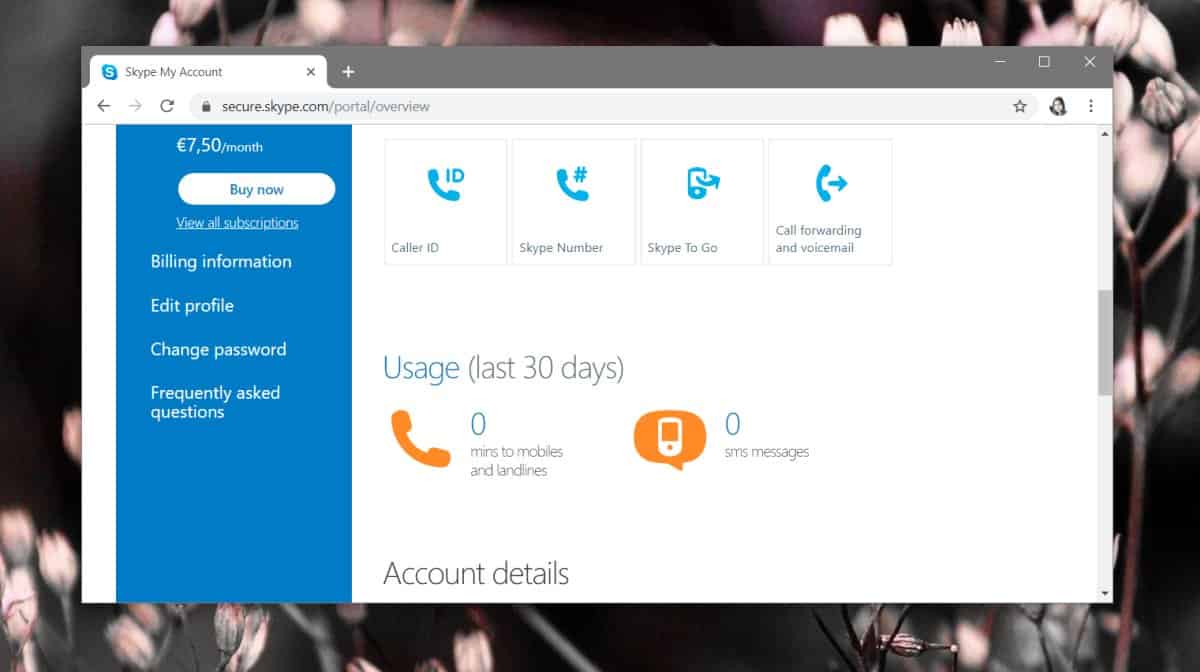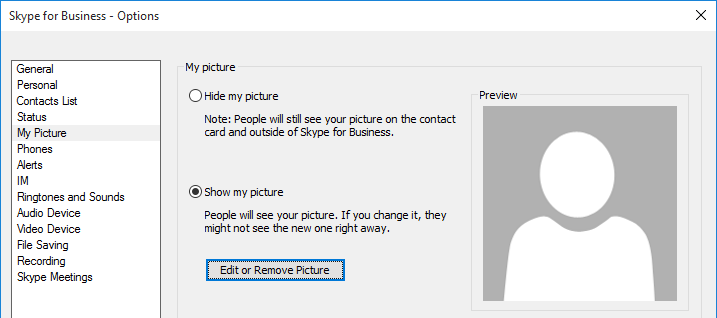

Note that the official documentation shows utilizing three separate cmdlets to store, import, and then save the photo. Set-UserPhoto -Identity " JDSKYPE\steve" -PictureData $photo -Confirm:$False $photo = (] $(Get-Content -Path " C:\temp\photo2.jpg" -Encoding Byte -ReadCount 0)) Using the Exchange Server Management Console run the following two commands to import a file of the same size and format requirements as used above into the desired user account.

Sign into Outlook Web Access if prompted and then select the desired photo and click Save.Īlternatively to import photos for other Skype for Business users an administrator can use the following set of commands on the server, as outlined in this TechNet article.This is a slightly different page then what was used in the previous section but will work just the same. This action will open the photo page on the user’s Account Information page in the Exchange Control Panel (ECP) website. If not already enabled select the Show my picture option and then click on the Edit or Remove Picture button.This is a shortcut that simply opens the client Options window and goes directly to the My Picture section. In the Skype for Business client click on the circle headshot icon where the user’s own photo would appear.It is basically the same process because OWA is used to import the photo but is accessed from a different page. Now sign in with the same user account to a Skype for Business client to see if the new photo appears as expected.Īn even easier method first made available in the Lync 2013 client is also still available in the Skype for Business client user interface.The new photo should appear in the menu now. Click Save to assign this as the current photo to the Skype for Business user.
Smaller resolutions can be used as Exchange Server will scale them accordingly, but make sure that the photo’s aspect ratio is perfectly square (1:1). For the best image quality make sure to use a file that matches the maximum supported resolution of 648×648 pixels.


 0 kommentar(er)
0 kommentar(er)
